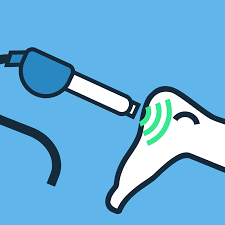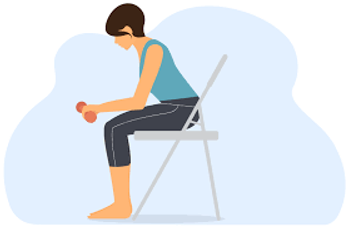What are Good Exercises for Golf?
Golf is a dynamic sport that requires a combination of strength, flexibility, stability, and mobility.

Incorporating a well-rounded exercise routine can help golfers improve their performance, prevent injuries, and enhance overall fitness. Here are some exercises that are beneficial for golfers:
1. Rotational Exercises:
- Medicine Ball Rotational Throws:
- Stand with feet shoulder-width apart, holding a medicine ball. Rotate your torso and throw the ball against a wall or to a partner.
- Cable Woodchops:
- Use a cable machine to perform woodchop exercises, simulating the rotational movement of the golf swing.
2. Core Strengthening:
- Planks:
- Perform front and side planks to strengthen the core muscles that are crucial for stability during the golf swing.
- Russian Twists:
- Sit on the floor with knees bent, holding a weight. Twist your torso from side to side, engaging your core.
3. Hip Mobility and Flexibility:
- Hip Flexor Stretches:
- Stretch the hip flexors to improve hip mobility. Kneel on one knee, push your hips forward, and feel the stretch in the front of the hip.
- Seated Leg Swings:
- Sit on the edge of a bench and swing one leg forward and backward, promoting hip flexibility.
4. Hamstring and Glute Exercises:
- Deadlifts:
- Deadlifts help strengthen the hamstrings and glutes, essential for stability and power in the golf swing.
- Bridges:
- Lie on your back with knees bent, lift your hips toward the ceiling, engaging your glutes and hamstrings.
5. Shoulder Mobility and Stability:
- Shoulder Dislocations:
- Hold a band or dowel with a wide grip and move it in front of your body and overhead to improve shoulder mobility.
- YTWL Exercises:
- These exercises target the muscles around the shoulders and upper back, enhancing stability.
6. Lunges:
- Forward lunges, reverse lunges, and lateral lunges help improve lower body strength, stability, and balance.
7. Cardiovascular Exercise:
- Engage in cardiovascular activities like brisk walking, jogging, or cycling to improve overall endurance on the golf course.
8. Flexibility Exercises:
- Incorporate dynamic stretches and yoga poses to enhance overall flexibility, which is crucial for a fluid golf swing.
9. Golf-Specific Strength Training:
- Work with a fitness professional to design a golf-specific strength training program that targets key muscle groups used in the golf swing.
10. Balance and Stability Exercises:
- Single-Leg Balance:
- Stand on one leg, engaging your core for balance. Progress by closing your eyes or adding arm movements.
- BOSU Ball Exercises:
- Perform exercises on a BOSU ball to challenge balance and stability.- Single-Leg Balance: – Stand on one leg, engaging your core for balance. Progress by closing your eyes or adding arm movements.
11. Wrist and Forearm Strength:
- Wrist Curls:
- Use light dumbbells to perform wrist curls to strengthen the forearm muscles used in gripping the club.
12. Golf-Specific Mobility Drills:
- Golf T-Spine Rotation Drill:
- Kneel on the ground and rotate your upper body, focusing on thoracic spine mobility.
- Golf Hip Hinge Drill:
- Practice the hip hinge movement, crucial for a proper golf setup and swing.
13. Golf-Specific Stretching Routine:
- Golf Swing Stretch:
- Mimic the golf swing without a club to stretch and warm up the muscles involved in the movement.-
14. Golf Fitness Classes:
- Participate in golf fitness classes or work with a trainer who specializes in golf-specific training.
15. Posture Exercises:
- Thoracic Extension Exercises:
- Perform exercises that promote a straight and extended upper back, improving posture during the golf swing.
Tips for Safe Exercise:
- Warm-Up: Always start with a proper warm-up before engaging in more intense exercises.
- Progress Gradually: Progress the intensity and volume of exercises gradually to avoid overuse injuries.
- Listen to Your Body: If you experience pain or discomfort, modify or stop the exercise and consult a healthcare professional if needed.
- Stay Consistent: Consistency is key. Regularly incorporating these exercises into your routine will yield the best results.
Before starting a new exercise program, especially if you have existing health conditions, it’s advisable to consult with a healthcare professional or fitness expert to ensure that the exercises are suitable for your individual needs and abilities.














































